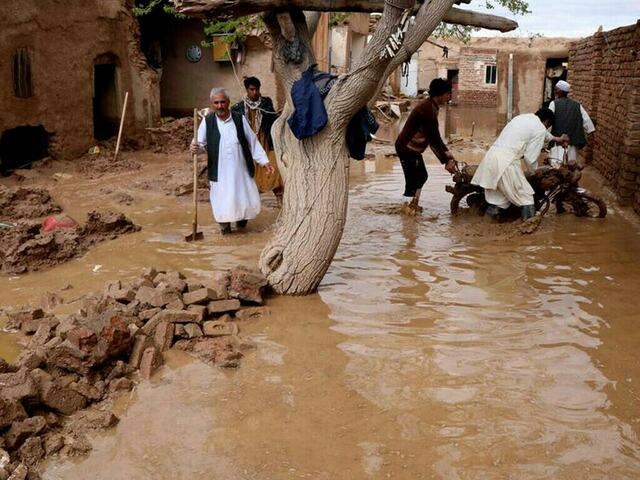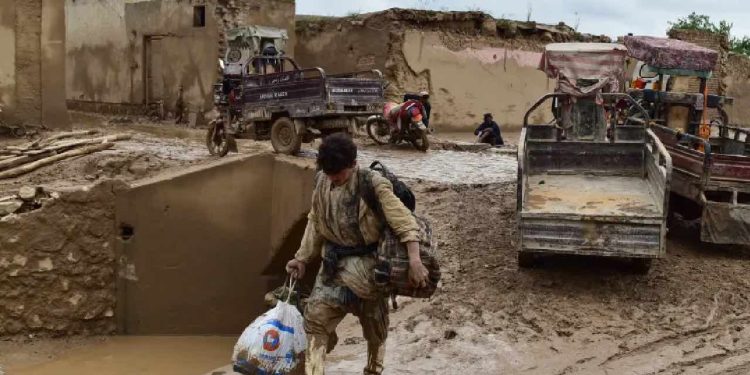Flood induced losses
For the past week, the Northeren side of Afghanistan has encountered frequent floods. The constancy and gradual increase in intensity of these flash floods is building up on the impact. Afghanistan has suffered infrastructure damage, displacement of persons, food shortage and a grave loss of lives within a very short span of time. Multiple provinces underwent these consequences. The Baghlani Province was hit by heavy rains on 10 May, Friday leading to massive floods in the district area. The Taliban officials reported that within the same night, over 62 individuals had died. Up until today, a minimum 200 people have succumbed to this disaster. In the Northern Thakkar province, 20 are reported dead. Other provinces that have been subjected to losses include, Badakhshan province, central Ghor province and western Herat.

Over thousands of homes have been destroyed and numerous residents displaced, experiencing food shortages and scarcity of other resources. Additionally, farmlands have been fully immersed in flood water. As a country that heavily depends on agriculture, this indicates the long-term challenges they will have to face. Short-term financial burdens are also being encountered as per the provincial director of natural disaster management, Badakhshan.

Measures taken so far to mitigate damage from the flash floods
The ministry of National Defense has firstly declared a “state of emergency”. This means that certain protocols need to be followed, including distribution of food, medicine and first aid. Furthermore, the Head of Baghlan’s natural disaster management, Hedayatullah Hamdard has warned about further ‘light pouring’ rain. Emergency personnel, police, army and other security forces are all collaboratively searching for all positive victims “under the mud and rubble”.
Other than this, the United Nations World Food Programme is also contributing. WFP is distributing fortified biscuits to some of the victims.







